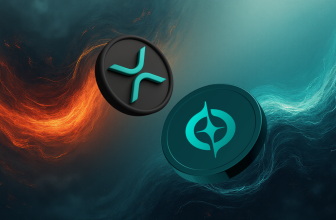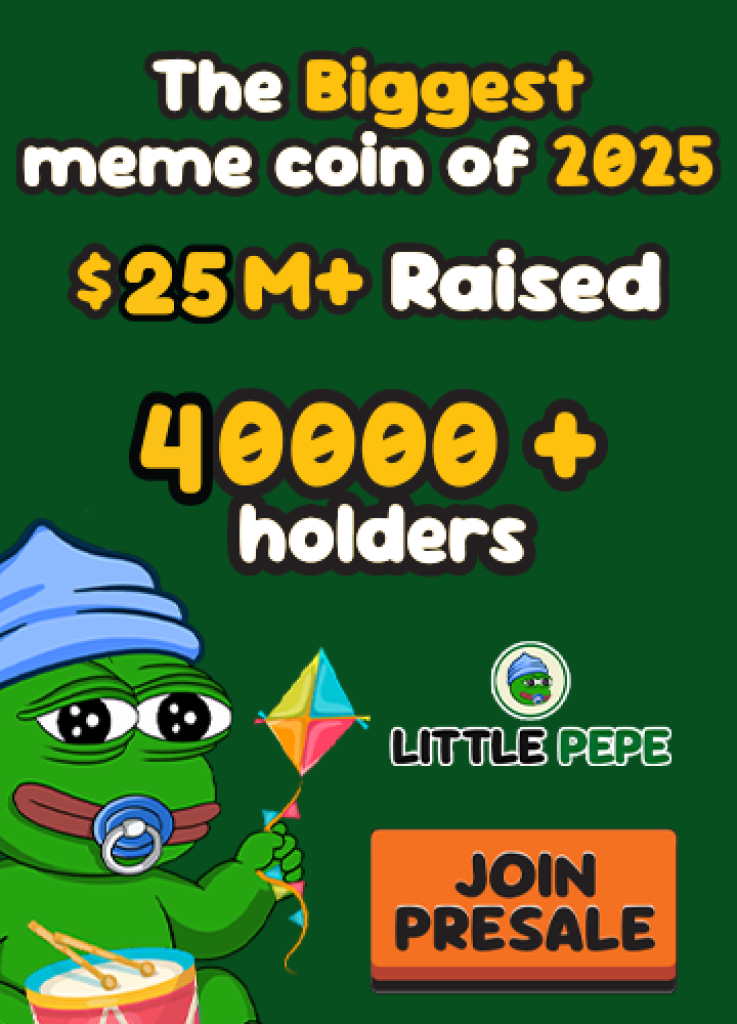
Launching a token on Solana is only the first step. The bigger challenge is getting people to find it. On DEX dashboards, discovery is driven by a few measurable signals: 24-hour trading volume, the number of unique wallets interacting with the pair, and a steady cadence of trades.
Understanding how those signals are formed and how discovery systems interpret them is essential for any team that wants its token to be visible in “Trending,” “Hot” or “New” lists.
This short guide explains how discovery metrics work, how automated trading patterns can affect those metrics, and how to design a responsible campaign that boosts visibility without creating artificial or risky market conditions.
What you'll learn 👉
Importance of Discovery Metrics
Discovery tabs on sites like DexScreener and DexTools act like storefront windows. Most casual or early-stage traders scan those lists to find new opportunities. If a token doesn’t appear there, it will be much harder to attract initial interest regardless of its fundamentals.
Volume is the clearest signal. Higher 24-hour volume suggests liquidity and market activity, making a pair more visible. Unique wallets matter because they show breadth of participation; many small wallets look more natural than a handful of addresses doing repeated trades.
Finally, trade cadence; the pattern and timing of transactions, influences whether the activity looks organic or obviously automated.
Together, these metrics generate the social proof that draws real traders and alert systems, and they can create a self-reinforcing loop: visibility attracts buyers, which increases volume and further sustains visibility.
How Automated Trading Works
Automated trading tools are sometimes used to generate the exact metrics discovery feeds monitor. Properly configured, these tools don’t aim to manipulate price; they aim to produce natural-looking signals. A sensible automated approach focuses on three technical elements.
First, trade origin diversity. Trades that come from many distinct addresses raise the number of unique wallets and look like broader market interest.
Second, timing variation. Human trading is irregular; spacing trades with small random intervals and mixed sizes makes the flow appear more natural than perfectly timed, identical transactions.
Third, balanced buy/sell flow. Maintaining a slight buy bias while including periodic sells prevents a straight-line price move and helps keep spreads and candles believable.
Some projects use tools like a Solana Volume Bot to help simulate this natural-looking activity in the early stages of launch.
Campaigns are typically run in controlled windows. Short bursts can nudge a pair into trending lists quickly, while slower “drip” campaigns over several hours tend to appear more organic and convert better. The technical objective is to align trade size with pool depth so trades do not produce exaggerated price spikes.
The Guide to a Practical, Responsible Launch Playbook
A launch that aims for discoverability should begin with liquidity planning. Seed the pool at a depth that supports the trade sizes you intend to run; shallow pools amplify each trade and create cartoonish wicks that discourage buyers.
Once liquidity is in place, start with an initial wave of small, diverse trades to signal address variety. Follow this with a timed visibility window, commonly two to four hours, where activity remains steady enough for indexers to register meaningful volume and wallet count.
Marketing should be coordinated with the trading window. Announcements, a scheduled Twitter Space, or community events timed to coincide with market activity help convert curious visitors into engaged participants. While the campaign runs, provide clear, accessible instructions on how to buy the token and where to find official channels.
After the window, pin a short transparency note with relevant transaction IDs and an explanation of the early liquidity support to build trust.
Risks, Ethics, and Converting Visibility Into Value
Automated activity raises legitimate concerns. If activity is obviously artificial; identical trades at perfect intervals or repeated use of the same wallets, indexers and traders will notice and credibility will suffer. Some project teams use Solana Volume Bot to keep the process simple and real.
Worse, over-aggressive buying into thin liquidity can create a sharp pump that collapses when support ends.
To reduce risk, always match trade size to pool depth, incorporate sells to sustain realistic price action, and keep campaign durations reasonable.
Transparency goes a long way. Many successful projects openly state that early trading support was used to seed discovery and include public transaction evidence. This approach recognizes that discoverability tools can be part of a healthy launch when used to amplify genuine project signals rather than to deceive.
Finally, turning visibility into long-term value depends on follow-through. Trending status brings traffic, but converting that traffic to holders requires clear calls to action, fast community support, and meaningful reasons to stay.
Provide simple buy guides, keep chat channels responsive, celebrate early milestones, and run small, community-focused incentives to convert momentary attention into ongoing engagement.
Closing Thought
In Solana’s fast and low-fee environment, visibility is often the limiting factor for new tokens. Discovery dashboards reward certain measurable signals, and understanding how those signals form is critical.
Automated trading patterns can be used responsibly to help projects reach discovery feeds, but they must be balanced with liquidity planning, ethical choices, and strong community work. When combined, these elements give a new token a fair chance to be found, understood, and adopted by real traders.








